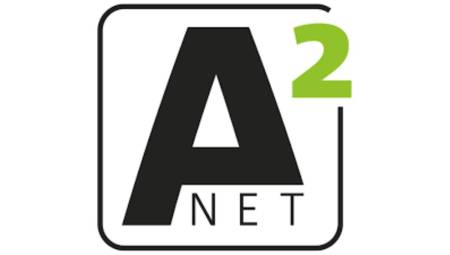 Latin America. When evaluating cloud-managed network solutions, it means asking the right questions based on your organization's requirements and preferences.
Latin America. When evaluating cloud-managed network solutions, it means asking the right questions based on your organization's requirements and preferences.
IT departments are asked to help drive business initiatives, leaving them little time and resources needed to manage the network. In addition, smaller organizations often lack the IT resources or expertise to manage the wireless network. However, organizations of all sizes recognize that networking is a key requirement for doing business. For these reasons and more, many organizations—both large and small—are turning to the Cloud for a simplified way to manage and optimize their network.
By providing a simple solution for viewing, controlling, and managing the wireless network, cloud-managed networking solutions can provide a positive quality of experience (QoE) and allow organizations to focus on growing their business, not managing the network.
The following questions cover the critical criteria your organization should consider when evaluating a cloud-managed network solution:
1.- Can the solution adapt to my changing business needs?
Because business needs are always changing, it's important to choose a management solution with a flexible hardware and firmware agnostic architecture that has the ability to transform with your business, without the need to acquire new equipment. A cloud-managed network has become a viable alternative to a traditional on-premises managed network and is often easier to deploy and manage.
Look for a solution that leverages your existing infrastructure and can manage the same access points and switches for cloud deployments to eliminate architecture lock-in and allow you to move to the cloud, at no hardware and software cost. This will ensure that as your business changes, so can your architecture, but your hardware and firmware won't have to.
2.-How easy is the solution to implement and use?
Day-to-day business activities are complex enough, so the products you rely on to manage and support your business shouldn't be. A cloud-managed network solution, designed to simplify, can allow anyone to start managing the wireless network from the Cloud platform from any device in just a few simple steps, especially when deployed with ZTP (Zero Touch Provisioning). ZTP enables wired or wireless devices to automatically locate the cloud-managed network solution, configure instantly, and become fully operational without reconfiguring on-premises infrastructure.
Organizations should look for a solution that offers a simple, streamlined interface that is available throughout the application and is predetermined by Cloud software to help you automatically provide and distribute firmware to switches and APs, define application policies, and make simple configuration changes to adjust your network to your changing business needs. And while there's never a need to use advanced settings, they should be available on all screens in case you want to go beyond what's already there. A vendor with years of experience managing on-premises networks will be able to deliver a proven, easy cloud-managed deployment without sacrificing functionality.
3.- How can I quickly enable remote sites?
Rapid enablement of remote office sites or branch offices is an important requirement, whether your organization has a few satellite locations or a large multinational conglomerate with multiple campuses and remote offices. Using a cloud-based resource to manage both wired and wireless networks lessens the impact on local IT staff, enabling faster deployment of new networks to support local offices. A solution that automatically recognizes and provides new sites will ensure the quick and smooth installation of multiple franchises.
Organizations should look for a solution that allows IT to manage multiple franchises from a centralized management panel and easily delegate control over some things to remote sites, while ensuring that ultimate control of the wireless network remains within IT.
4.- Can I easily ensure that the right applications receive network prioritization in order to deliver positive QoE?
A network management solution that empowers IT to manage applications is a requirement in today's application-driven world. A cloud-managed networking solution that allows you to view application categories by performance will help you easily understand what users are doing and which applications are running to determine which applications are critical to your organization and which applications should be limited or blocked.
It's important to look for a solution that goes beyond application visibility to allow you to control application traffic by simply creating policies for each application or application pool.
Once these policies are in place to ensure that the right applications receive prioritization, the network must ensure and enable a consistent and predictable user experience. This provides the advantage of not having to train staff or delegate across the organization, and frees IT from day-to-day network management.
Keep in mind that not all technology is created equally. A solution that is based on a flow architecture, as opposed to packet processing technology, will allow you to create and enforce policies where your users connect –-at the access point. This means you can create as many policies as you want to increase the performance of business-critical applications without having to sacrifice network performance.
5.- Does the supplier offer an affordable business model?
Cloud-managed networks reduce OpEx and CapEx. This model allows departments to quickly adapt to a rapidly changing business environment, deliver more services more efficiently, and contribute savings to bottom line.
A cloud-managed network solution appeals to those organizations that start small and are looking for a solution that will scale over time, as well as those with geographically dispersed organizations.
Look for a solution that is built from the ground up to deliver true multi-service that grows and contracts dynamically as your business changes. This means that if an organization is growing or regressing, they only need to buy what they need.
Text written by Rubén Sánchez, Regional Director LATAM, Extreme Networks.















